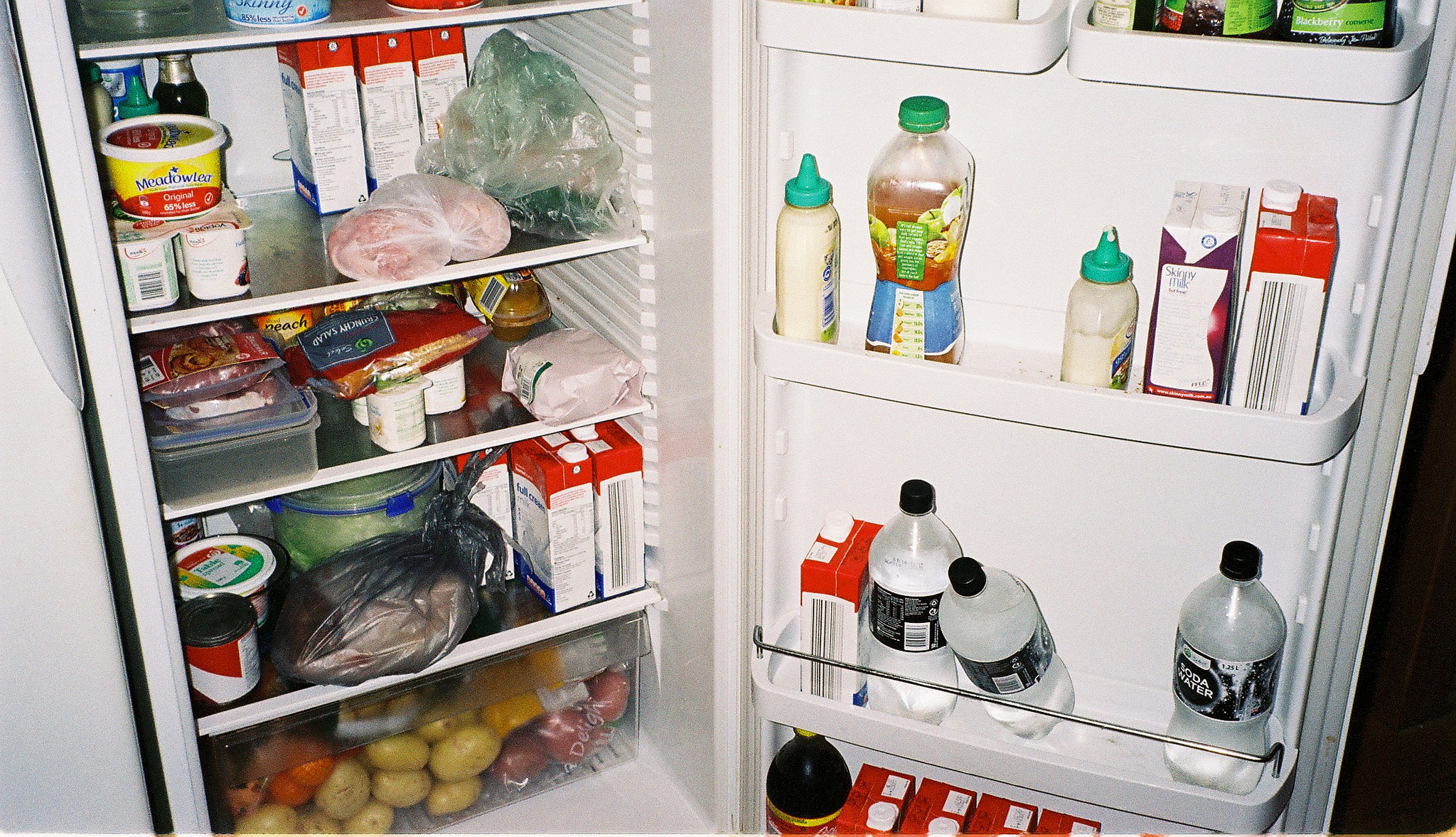|
Getting your Trinity Audio player ready...
|
![Emergency Preparedness and Safety for Families [Part 3] [Video] emergency](https://thenewsschool.com/wp-content/uploads/2018/12/Emergency-Preparedness-and-Safety-for-Families-Part-3-650x374.jpg)
Food safety is necessary at all times, but during an emergency, the USDA offers information to keep families nourished without the fear of foodborne illnesses. Keep appliance thermometers in both the fridge and freezer at all times to ensure they are operating at the correct temperatures; at or below 40°F and 0°F respectively.
A flood, fire, natural disaster, or loss of power from high winds, snow, or ice are all circumstances that will jeopardize the safety of refrigerated and frozen foods. It is important to be aware of the encroaching path of a storm that could compromise the food safety.
Be Prepared for an Emergency
When a storm approaches the following steps will help keep food cold/frozen longer:
- Freeze water in 1-quart plastic bags or small containers. These should be small enough to fit around the food in the fridge or freezer. Avoid overfilling the containers since water expands when it freezes.
- Move refrigerated foods that may not be needed immediately to the freezer to keep them safe longer. These include items like leftovers, milk, fresh meat, and poultry.
- Know where to buy dry ice and block ice.
- Have a couple of coolers and frozen gel packs on hand to keep refrigerated items cold if the power will be out for 4 hours or more.
- If the freezer is not full, keep items close to one another, which will help them stay frozen longer.
- Consider using newspaper to fill empty spaces in the freezer. The papers will make a freezer more efficient by reducing air movement.
Have food on hand that does not require refrigeration and can be eaten cold. Keep shelf-stable food, boxed or canned milk, water, canned goods, ready-to-use baby formula for infants, and pet food. Remember to have a hand-operated can opener handy for use during an emergency.
If living in an area that might be flooded, store non-refrigerated food high enough to be safe from contaminated water. Another consideration is to keep the food in water-proof containers.
Keeping Food Safe in an Emergency
Meat, poultry, fish, and eggs need to be refrigerated at or below 40°F or frozen at or below 0°F. However, maintaining these temperatures may be difficult to maintain during a power outage.
In order to preserve the appropriate temperature in the freezer and fridge, keep the doors closed as much as possible. The USDA states refrigerated food will remain safe for approximately 4 hours if the doors remain unopened.
Whereas, a full freezer will remain the proper temperature up to 48 hours when the doors remain closed. If the freezer is half full, then the time for food to remain safe is about 24 hours. Move the meat and poultry to one side of the freezer on a tray to prevent cross possible cross contamination should melting begin.
Using dry or block ice will keep the fridge as cold as possible should the power remain off for an extended period of time. “Fifty pounds of dry ice should hold an 18-cubic foot freezer for 2 days,” during an emergency.
Never place refrigerated or frozen foods outside in the snow. It can thaw if it is exposed to the sun’s rays even when the temperature is very cold. Also, since the temperature can vary greatly outdoors, it will not protect the food from foodborne bacteria.
Instead of putting food outdoors, consider taking advantage of the cold by making ice by filling up empty milk cartons, buckets, or cans with water. These can then be placed in coolers, the refrigerator, or freezer.
When to Save Food and When to Throw it Out
Do not taste food to determine its safety. Each item needs to be evaluated separately. Discard any perishable food, such as meat, poultry, fish, eggs, and leftovers that have been at temperatures above 40°F for more than 2 hours.
Food may be refrozen if it still contains ice crystals or is at 40°F or below. Throw out any food that has come in contact with raw meat juices. Refreezing partially thawed foods may reduce the quality of the item.
The USDA website offers an extensive list of foods that can be kept or should be thrown out in the event of the food becoming warmer than 40°F. In the case of sauces, spreads, and jams if reaching temperatures over 50°F for over 8 hours.
For more information about Emergency Preparedness and Safety for Families, read parts 1 and 2.
Written by Cathy Milne-Ware
Sources:
FDA: Refrigerator & Freezer Storage Chart
NBC WRCB3: USDA provides tips for keeping food safe during power outages, severe weather
USDA: Keeping Food Safe During an Emergency
Featured and Top Image Courtesy of Matthew Paul Argall’s Flickr Page – Creative Commons License



